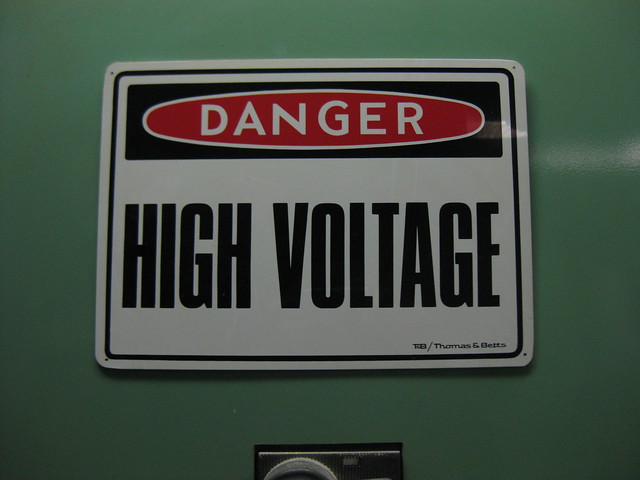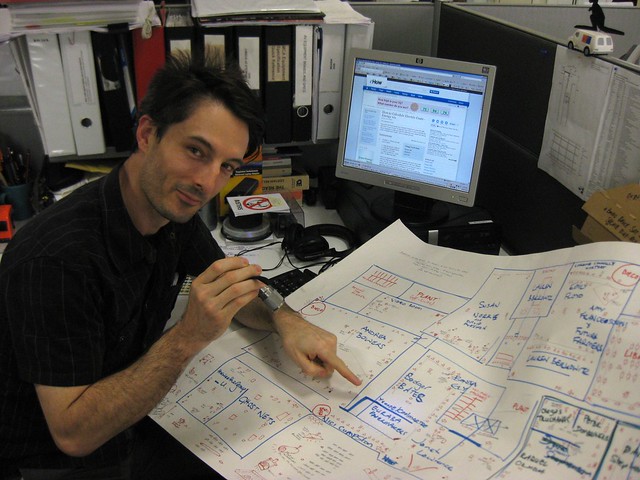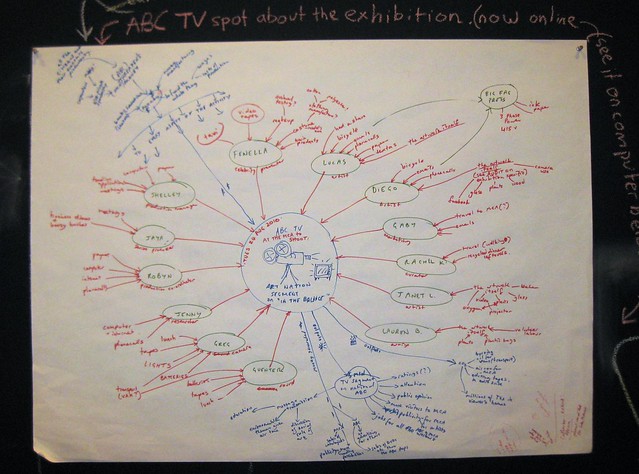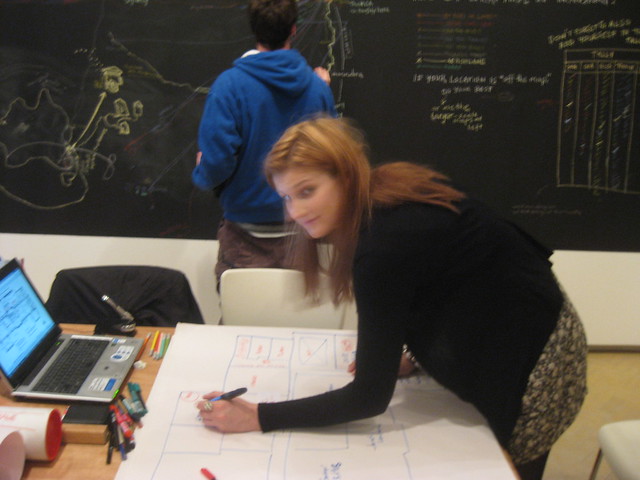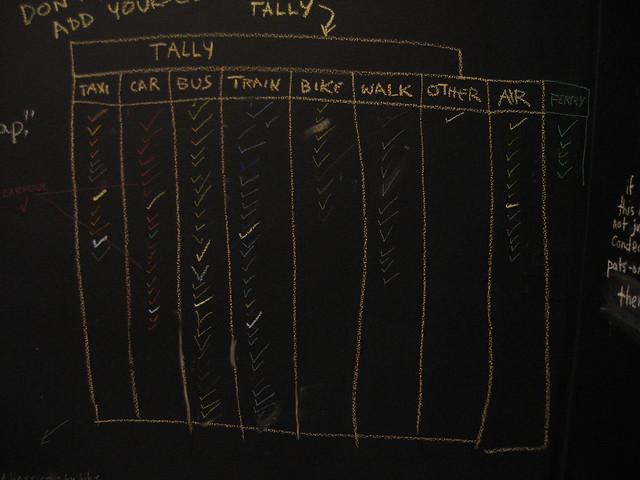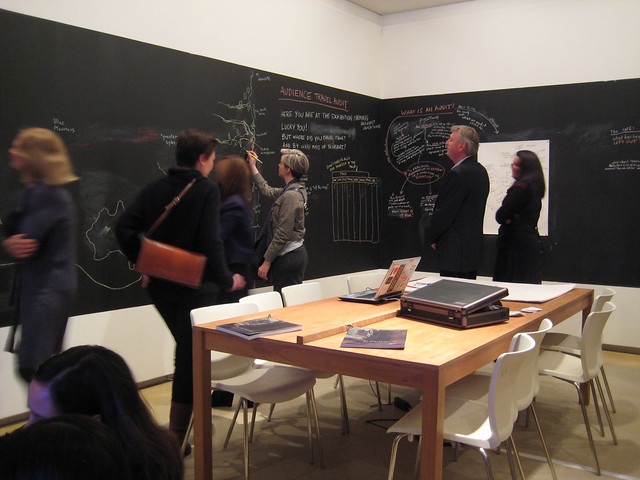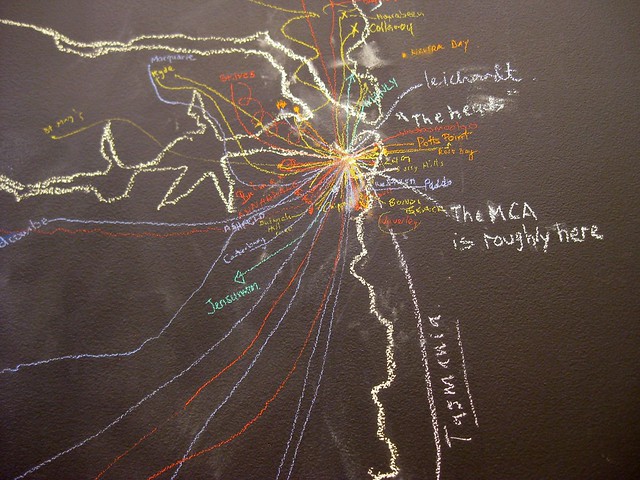I’m enjoying myself in the Environmental Audit office. Here are a few highlights:
Here’s Catherine Moore, who, as it turns out, was the Greens Party candidate for Eden-Monaro in the recent federal election (she got about 11 percent of the vote). And she is an artist:
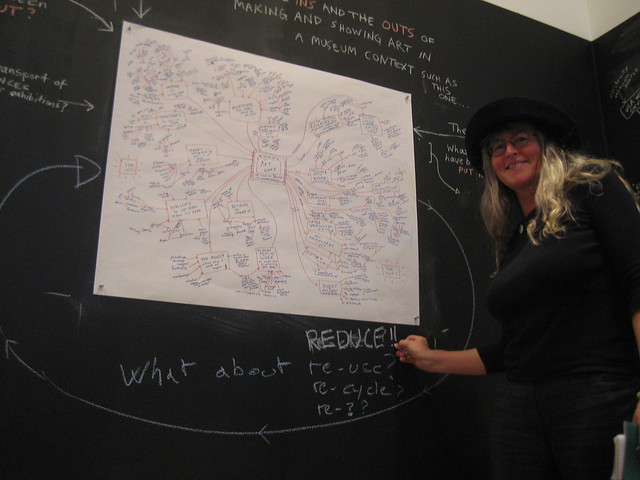
In this picture, Catherine is making some chalk alterations to my diagram entitled “The Ins and Outs of An Artwork”. The problem with this diagram, you see, is that it shows the artwork as the result of a bunch of “Ins”, and as the source of a bunch of “Outs” – but it does not encompass the cycling that occurs, wherein the Outs can regenerate themselves and become Ins once more (if you get what I mean)…
I really appreciated the time that Catherine took to hang out with me and chat about what it means to be an artist versus being a politician. She’s now running for mayor of her local council – and she’s slightly worried that she might be successful. Politicians should be representative of the people, and yet if she gets caught up in the practice of politics, it could turn into a full-time career in itself, meaning she might no longer have the time to continue her own painting, collage and sculptural work.
But which is more important?

Here’s Ion. He’s a musician, and an instrument maker, and he works at the MCA as a Visitor Services Officer (VSO).
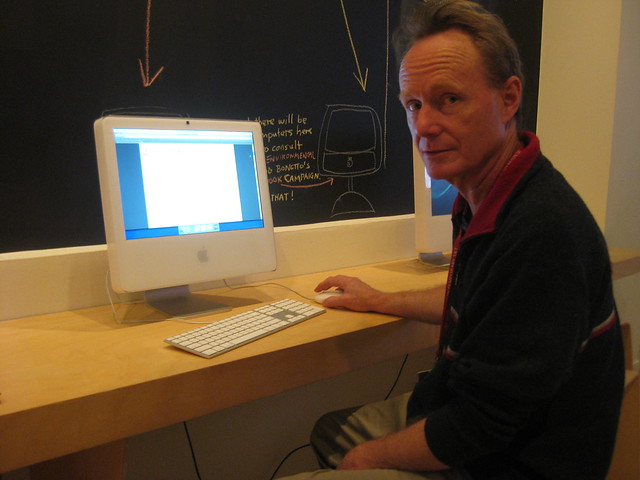
Ion was “on rotation” around the galleries, invigilating the exhibition when he stuck his head around the corner of my room.
“What’s going on here?”, he asked in his laconic way.
I showed him the blog, which is available for visitors to browse on a computer set up in the resource room where my audit is nestled. He was drawn to one particular entry, in which I pass along the ideas (crazy or otherwise) of some MCA staff, as to how they might change the day-to-day running of the organisation.
I asked Ion if he had any such ideas to contribute, from his point of view as a VSO. “Not really,” he said. “We VSOs probably have the smallest footprint of any group of workers in the whole museum. All we do is stand and watch visitors and occasionally chat with them. What could we do to reduce our carbon emissions?”
He then reconsidered, slightly. “Well,” he said, “we do go to the toilet a lot. Having toilet breaks is something of a way to break up the day for us.”
Now, before you sick the unions onto him for suggesting that the MCA bans toilet breaks for VSOs, Ion was in fact suggesting that the MCA might want to look into using recycled toilet paper. They must go through a lot of it each day.
In fact, I don’t know whether the paper they use is recycled or not. I’ve added it to my homework to find out.
Anyway, once Ion had settled in to thinking about all this stuff, he began to consider his own cultural production, outside of his job at the museum. This, he said, causes him some existential pain. Ion loves making custom musical instruments, particularly a sort of specialised marimba. His marimbas use a variety of Indonesian rainforest timber to make their sound. The instruments, and the music they make, have evolved together. You can’t just substitute a fast growing plantation timber, it doesn’t sound right.
A merimba looks something like this (although this one obviously is not handmade):

These days, you can’t even buy this wood here in Australia – it has to be specially imported from the USA (to where, presumably, it has just been exported from Indonesia). Ion sighed deeply and went all quiet. Just in the telling of this tale, I could see his mood swinging downwards.
I tried to come at it from another angle – chipping in that his instruments are made to last forever – that he would produce just one of them (at very high quality) in the same time that a factory might churn out several thousand thirteen-dollar crappy el-cheapo-store ukeleles which will find their way into landfill before the decade is out. His is a labour of love – a sonic way of making us appreciate this beautiful wood which was dwindling away and might soon become extinct – a veritable musical-material heritage project, goshdarnit!
“Anyway”, he said, “this is all academic. Making and playing these instruments is what makes me who I am. I can’t stop, and I’m going to keep on doing it as long as it’s still possible.”
Funnily enough, when I googled around to see if Ion was represented on the interwebs, I found this page, with the following written about him:
Ion’s work for some years has involved the design and construction of original instruments or sound machines, often using recycled materials – such as wood from demolished buildings, or parts of an old sewing machine, in an ingenious way. He uses railway signal bells as instruments and a shoe iron. Among the instruments which he builds and plays are a giant wooden abacus or counting machine, in which wooden beads are turned by hand; a violin machine, which is made from the sewing machine and violin; marimba; and various drums, including a simple box drum that was formerly a packing crate.


